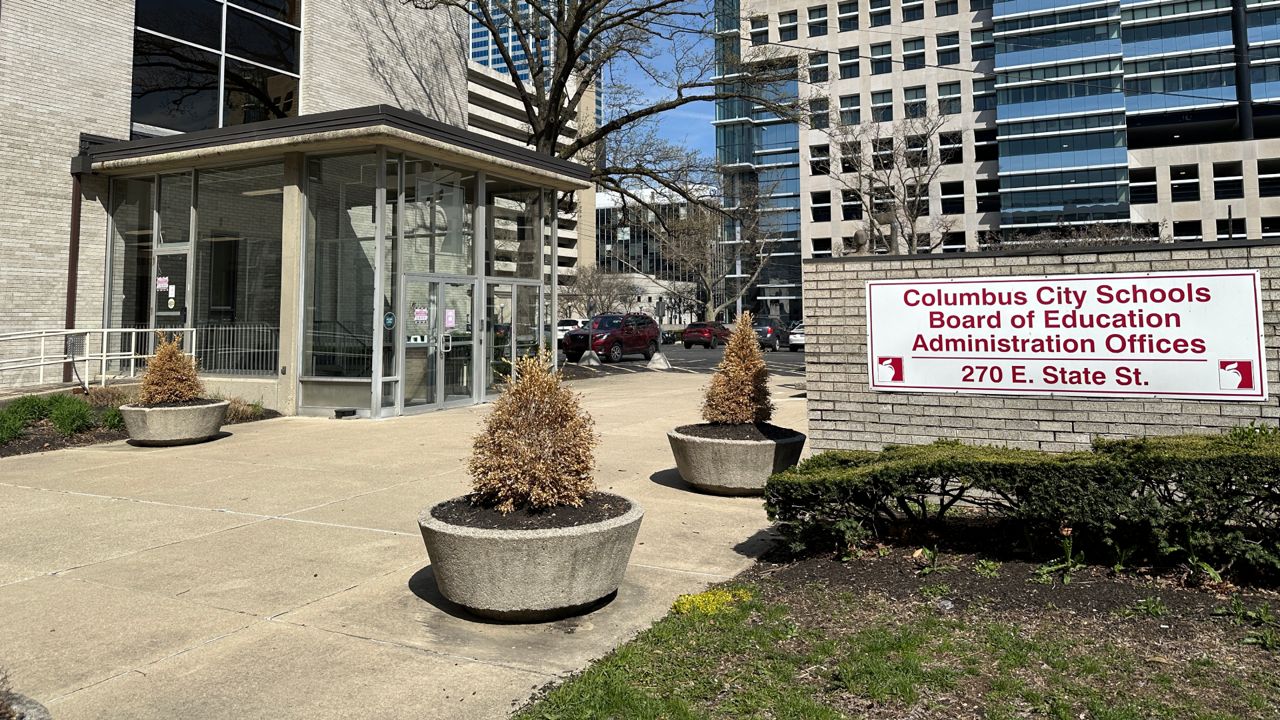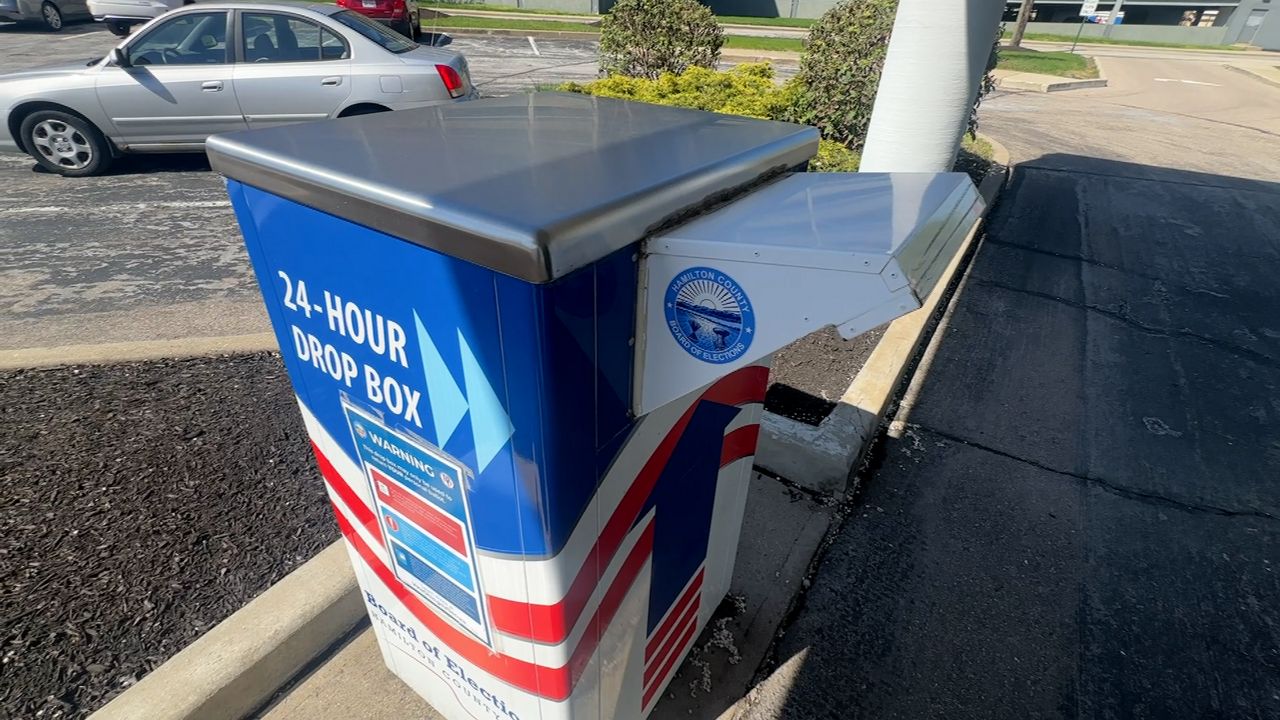CLEVELAND — Northeast Ohio is home to countless green spaces and even a national park.
But, a recent study by associate professor of biology at Baldwin Wallace University, Katie Flinn, shows the significant and ongoing loss of forests in the region.
The study documented the vast amount of forested land lost in northeast Ohio over over 200 years.
“Well, we looked at aerial photos from 1938, 1979 and 2021 of Cuyahoga County to look at land use change over time and how it has impacted our forests,” Flinn said.
Flinn explained around the year 1800, forests made up 98.7% of Cuyahoga County. Now only 21% of county land is forested, and of that, less than 7% is primary forest, which is forest that was never cleared for farms.
A post agricultural forest, like the one where we walked during our interview, is when farmland is converted back to forested land.
“This is a post-agricultural forest, so this whole area would have been a farm 100 years ago, maybe as little as 80 years ago,” she explained. “So this forest does not look like the forest that Moses Cleveland found when he arrived in 1796. It is very different.”
For example, the post-agricultural forests have more oak trees and fewer beech forests.
Flinn said that with increasing development, we are losing forest cover yet again. She said this is significant because northeast Ohio’s native landscape was mostly forested, and most of the native species need that habitat to survive.
“The forests that were never cleared are essentially irreplaceable in our lifetimes, right? They’ve developed over hundreds and even thousands of years,” she said. “When we do cut them down, even if we do let them grow back, they are very different.”
Flinn said she hopes that her study will highlight the need to preserve what primary forests we have left.
“We’re losing our biological diversity all of the time. For northeast Ohio, it is really important to preserve these forests because these are the reservoirs of our native biodiversity,” she said. “Which is really what is special and unique about northeast Ohio.”










